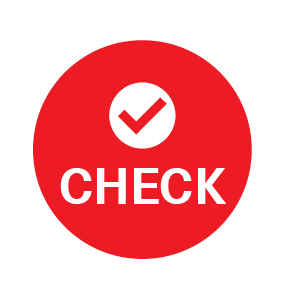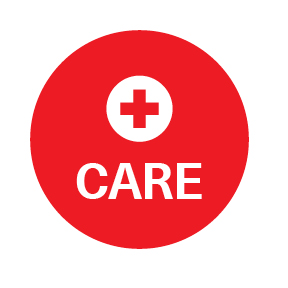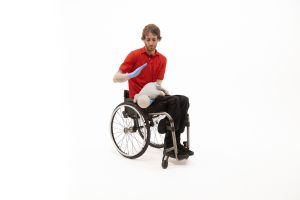In this blog, we'll guide you on how to help a choking baby, where baby refers to an infant who is less than 1 year old. But remember, taking a first aid course is the best way to be prepared for situations like these!
What Do You Do If a Baby Chokes?

Check the Baby
Before taking any action, quickly assess the situation. Is the baby able to cough, cry, or make any noise? If the baby makes sounds and coughs, they may be partially choking. Keep a close eye on the baby without intervening.
If the baby is quiet, wheezing, or having trouble breathing, it may be completely choking, and you should act quickly.
Partial Choking: What You Need to Know
- Stay Calm: It's normal to feel scared, but remember, staying calm is key. Your baby will sense your emotions, so try to keep your cool. This is a crucial step in the process.
- Watch for Signs: Keep a close eye on the baby. If the baby is coughing forcefully, it means the airway isn't completely blocked, and the baby is trying to clear it. Listen for the sound of the cough and watch their facial expressions. A strong cough means the body is working to fix the problem.
- Don't Interfere: It may be tempting to pat the baby's back or try to remove the object, but it's best not to interfere. Let the baby's body do the work. Trying to help could accidentally push the object further down the airway.
- Prepare for Action: Stay ready. If the coughing starts weakening or the baby shows signs of struggling to breathe, be prepared to act quickly. The situation could turn into a complete blockage, and you'll need to know what to do next.
- Reassure the Baby: While you're watching and waiting, talk softly to your baby. Hearing your voice can be soothing, and it helps you stay focused on their condition.
Complete Choking: What to Do Right Away
When a baby completely chokes, it indicates that its airway is fully blocked, and the baby cannot breathe. This is a serious emergency that requires baby choking first aid. Complete choking in babies causes them to be silent and struggle for air, unlike partial choking where they can still cough or make noise.
Call for Help
- Shout for help to try to get the attention of a bystander or a family member to assist you.
- If the baby is making high-pitched noises, is wheezing, can no longer make a sound, or becomes too weak to cough, have someone call Emergency Medical Services/9-1-1.
- If you are in a public place, ask someone to see if there is an automated external defibrillator (AED) while you care for the baby.
- If you are alone, immediately begin care for complete choking and continue to shout for help.

Start Care

- Sit or kneel, holding the baby along your forearm and holding the jaw in your hand. Be careful not to cover the baby’s mouth.
- Deliver five firm back blows between the shoulder blades with the heel of your free hand.
- If the object has not been dislodged, turn the baby face-up, ensuring you support the head.
- Place two fingers in the centre of the chest and deliver 5 firm chest compressions.
- Repeat the five firm back blows and five chest compressions until the object comes out, the baby starts to cry, breathe, or cough, or the baby choking becomes unresponsive.
- If the baby becomes unresponsive start CPR.

After Care
If a baby has experienced complete choking, always call Emergency Medical Services/9-1-1 and get an AED and a first aid kit, even if they are no longer choking.
Important Reminders
This article is a helpful reference but is not a replacement for proper first aid training. You can sign up for a First Aid course nearby to learn more and prepare yourself.Download the Red Cross First Aid app to easily access life-saving tips and instructions. Another helpful reference is the section "Choking Baby (Less Than 12 Months)" within the Choking section of the Comprehensive Guide for First Aid & CPR.
When Else to Be Prepared
Babies can choke on many things, from milk and mucus to spit-up. You might even hear about babies choking on mucus at night, or that a baby wakes up choking and gasping. Knowing what to do if a baby is choking in all these situations is crucial for their safety.Stay informed, be prepared, and always know how to help a choking baby. Your quick actions could save a life!

